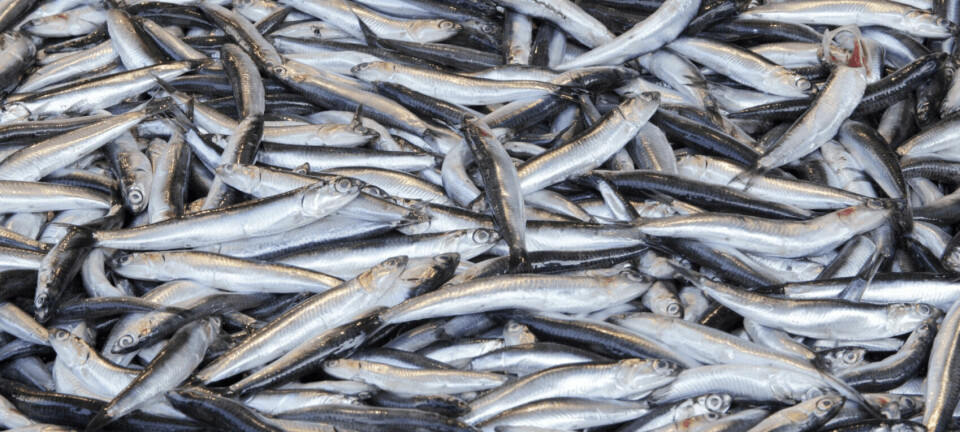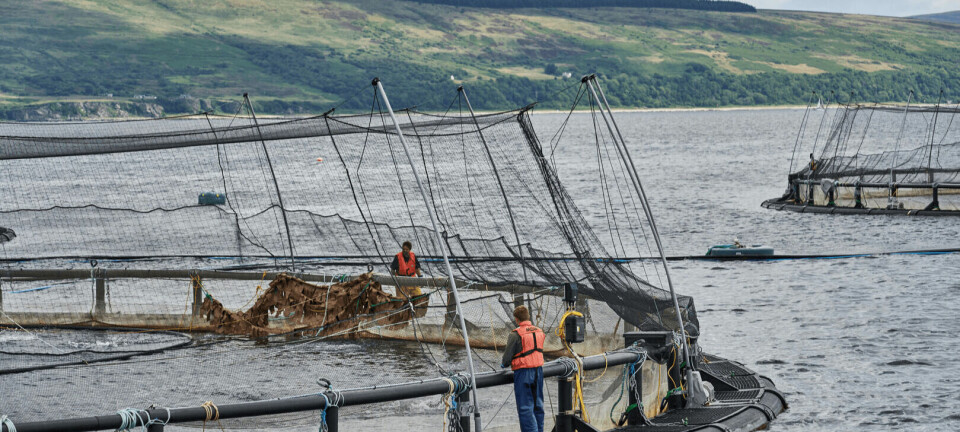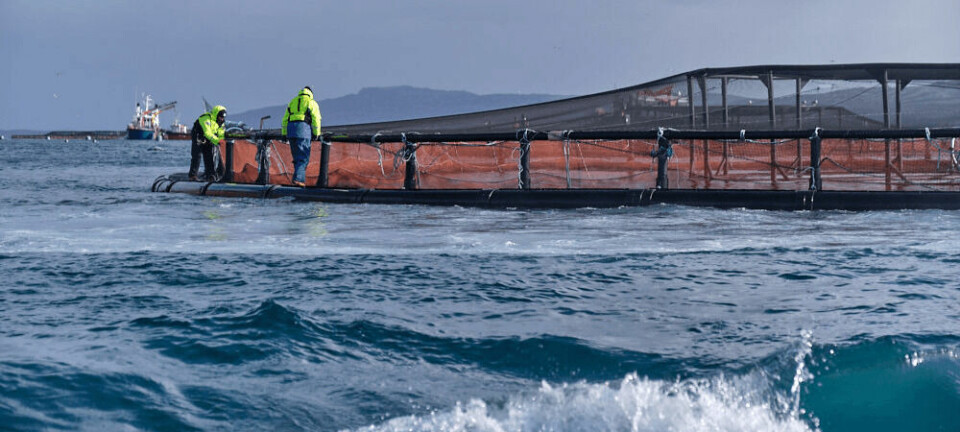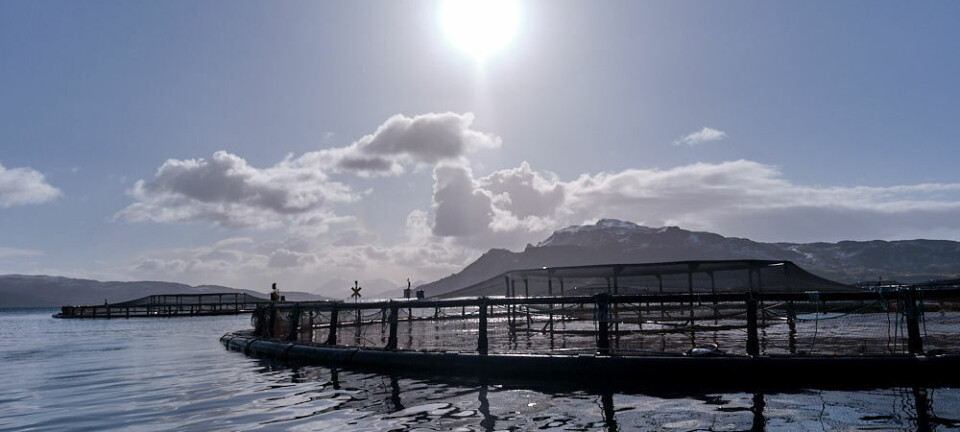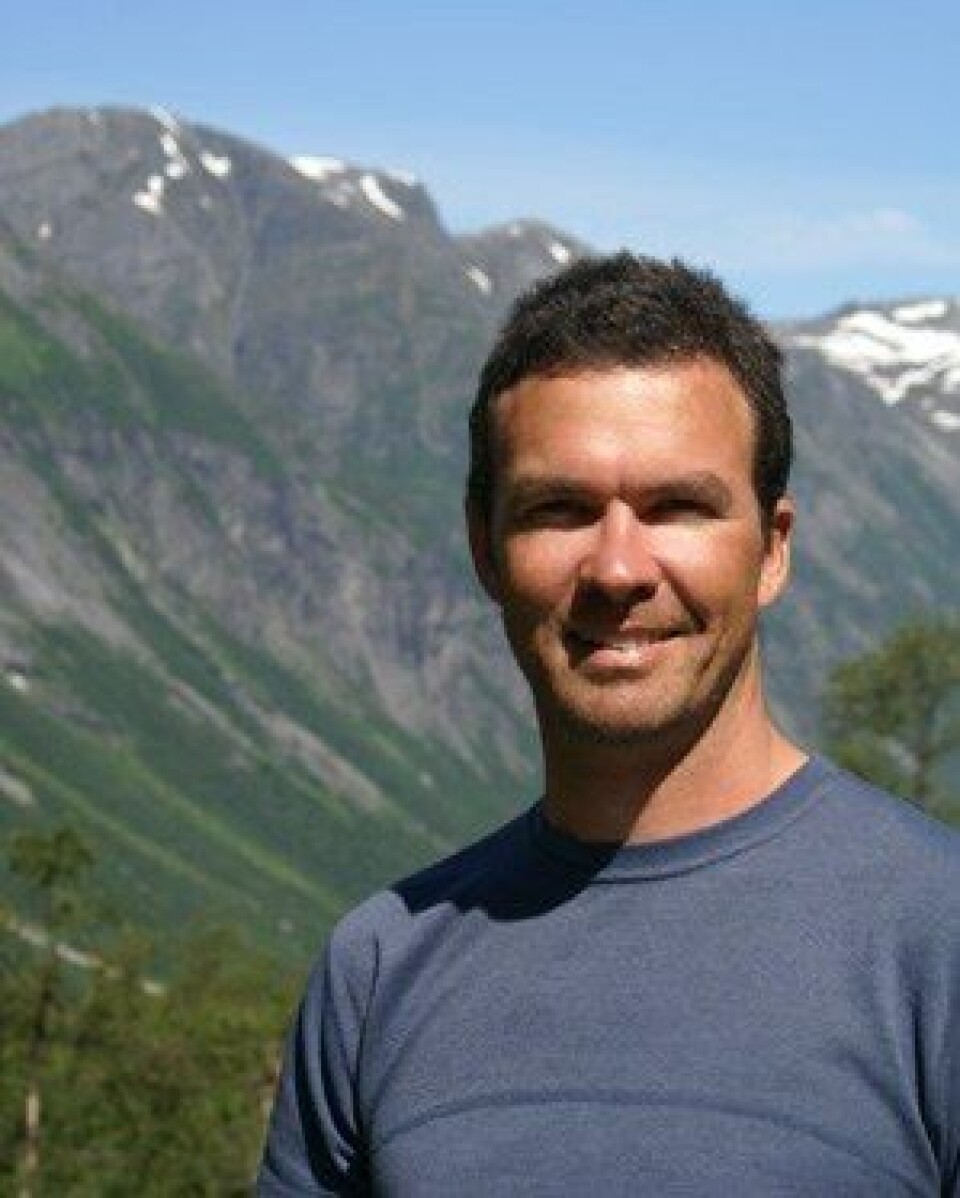
Recapture rethink required
A new study suggests that the current recapture strategies for escapees from marine fish farms are woefully inadequate and that a radical change in focus by authorities could greatly reduce the impacts of escapees in the wild.
The international study, the findings of which were published in the journal Reviews in Aquaculture today, takes an unprecedented look at how well recapturing escapees at the sites of escape events works.
Recapture is ineffective in marine waters
Led by Professor Tim Dempster from the Sustainable Aquaculture Laboratory at the University of Melbourne, and co-authored by researchers from Spain, Canada and Norway, the international study reviewed the behaviours of escapees after escape, and how recapture success recorded in 123 different escape events varied with escaped fish size, the number of fish that escaped and recapture methods.
The analysis showed that recapture success was universally low across all studied species (8%). Specifically for Atlantic salmon, recapture success from large escapes of salmon were typically between 1.5 and 10%. Only in a few instances of escape of rainbow trout from farms in Norway have recapture rates exceeded 80%.
Escape events involving small numbers of large fish had the most successful recapture rate, regardless of species, as large fish are typically most vulnerable to standard fishing gear.
The weight of evidence from many studies that have tracked fish in the wild after they escape suggests that fish disperse rapidly from the point of release. If extensive recapture efforts are not implemented within 24 hours, few fish remain near the release site to be caught. Typically, recapture efforts are delayed after large-scale escape events due to the time taken between when an escape event occurs and it is detected, and difficulties in setting fishing gear in rough weather. Combined, these two factors mean that few attempts to recapture fish after large-scale escapes from industrial fish farms are successful.
Reflecting on the publication, Dempster explained to Fish Farming Expert: “The recent recapture of only 1483 smolt from an escape of 67,000 small salmon in Norway illustrates the difficulties in effectively recapturing small salmon in marine habitats and it is entirely consistent with all of the data in the global review.”
Alternative approaches to reducing escapee numbers
“Currently, legislation in every country compels fish farmers to implement recapture methods after an escape event. It’s been a case of ‘we had better do something’, rather than a strategy based on evidence. The evidence now says that this strategy is ineffective in capturing escapees, and in some places, is problematic due to high levels of by-catch of non-target species. We should look for alternatives that better reduce the impact of escapees on wild populations for the resources invested, rather than keep persisting with a strategy that does not work,” said Dempster.
The authors suggest three alternative approaches to reduce escapee numbers in wild habitats:
One: Ensure technical standards are legislated so that fish farmers invest in preventative technologies to minimize escapes.
“Norway’s technical standard for the design, dimensioning and operation of fish farms drove the largest measurable reduction in the numbers of fish escaping into the wild to date, and its continuous development and updating is critical for dealing with escapes,” said Dempster.
Globally, the only other country with a technical standard is Scotland, which it introduced in 2015. “If countries are serious about reducing the impact of escapees in the wild, this is the first measure they should implement,” he added.
Two: The natural ‘wall of mouths’ method.
Most fish farms have very large populations of wild fish around them. Recent studies have shown that these wild fish eat large numbers of small escapees – by maintaining the ‘wall of predatory mouths’ around fish farms by protecting large wild fish from fishing when they are at farm sites, these predators can remove escapees.
“In Norway, there is a no fishing limit of 100m around farms and this should be maintained. In other countries, there are no enforced restrictions, and authorities should move to implement them,” said Dempster
Three: Construct programmes to target recapture in habitats where escapees can be efficiently caught and where there are no detrimental effects on wild fish.
“Where escaped fish can be easily identified and fished without affecting wild fish, this strategy will work best, such as for escaped sea bass in the Canary Islands where they do not occur naturally,” said Dempster
In Norway, the Industry Environmental Fund has been established to capture escaped salmon. Producers pay into the fund, which is then used to pay local groups to fish escapees out of rivers.
“Before this strategy is implemented on broad scale, there are several key knowledge gaps to address,” said co-author Dr Ingebrigt Uglem, from the Norwegian Institute for Nature Research (NINA).
Methods are available to separate farmed from wild salmon caught in spawning rivers, but a large margin of error exists between what may be thought to be escaped and wild from visual inspection alone. Handling of fish during capture and identification of origin may also negatively affect wild fish that are later released.
“Documented success in separating wild fish and escapees and an understanding of disturbance impacts on wild fish from fishing in rivers is needed,” said Uglem.
The review paper Recapturing escaped fish from marine aquaculture is largely unsuccessful: alternatives to reduce the number of escapees in the wild can be obtained by contacting the authors or visiting: http://onlinelibrary.wiley.com/doi/10.1111/raq.12153/abstract















